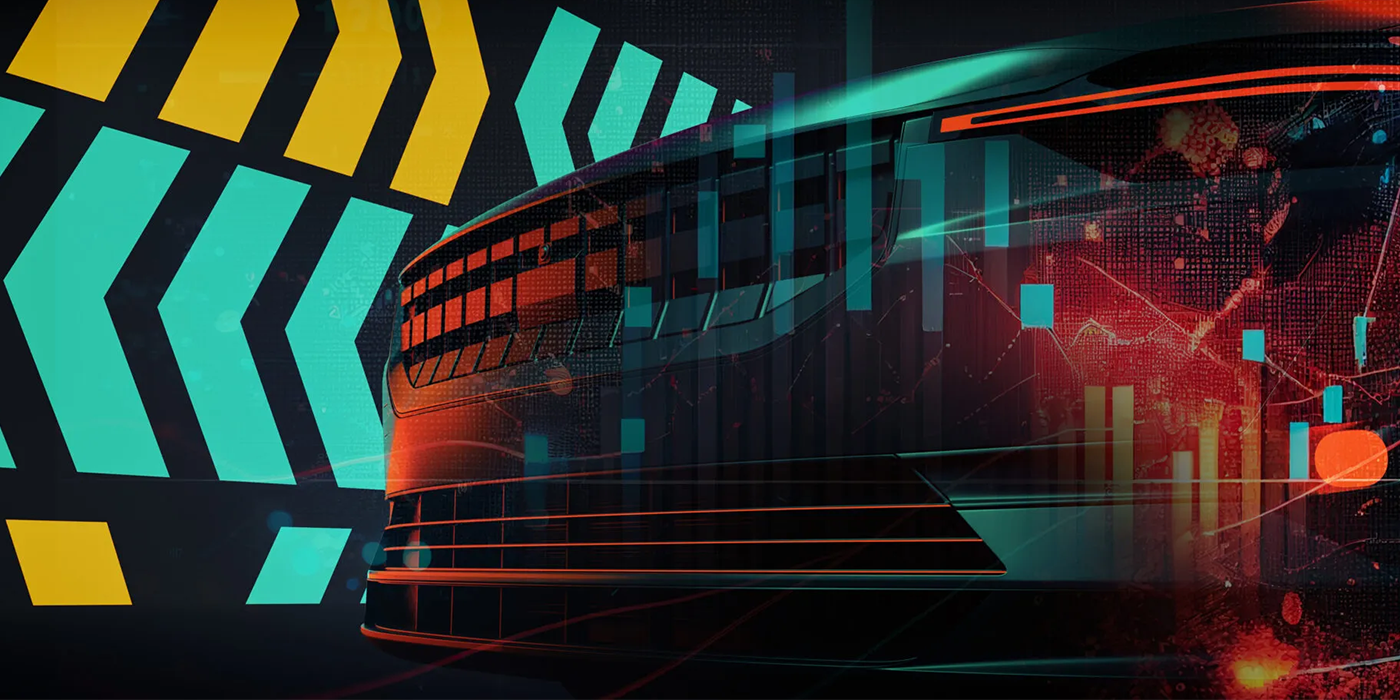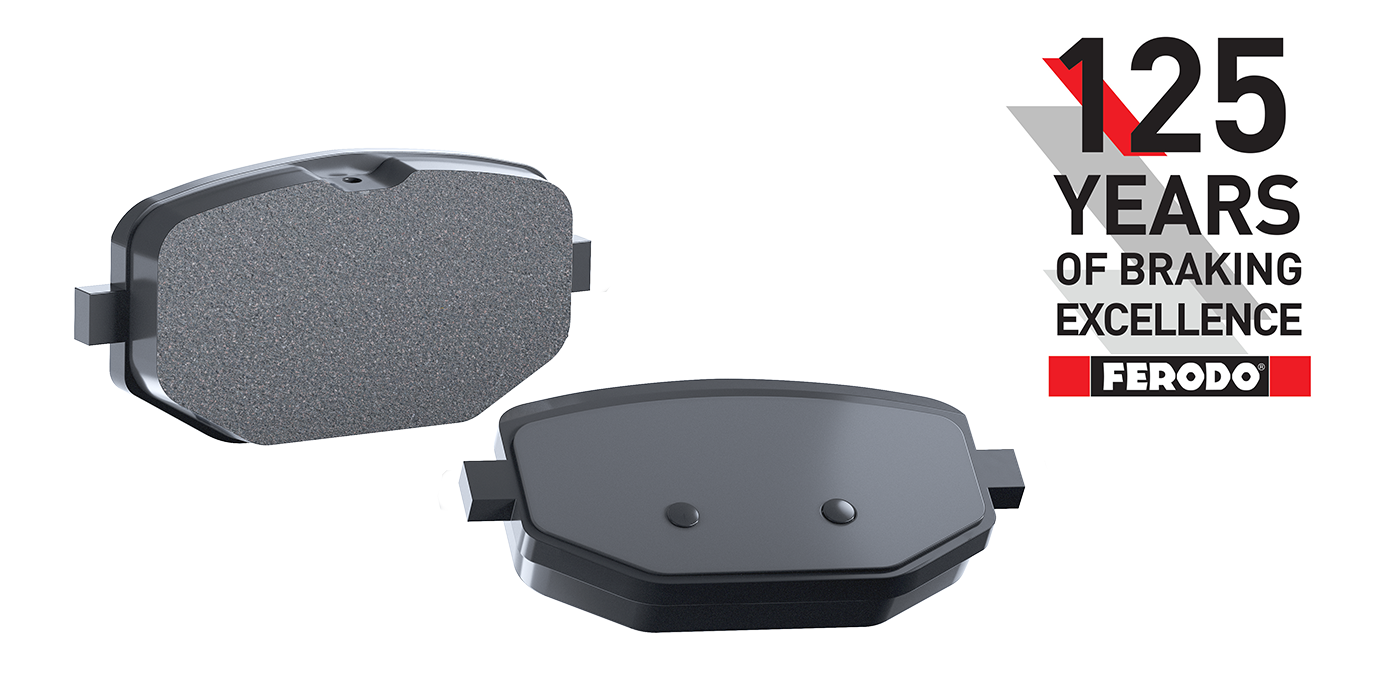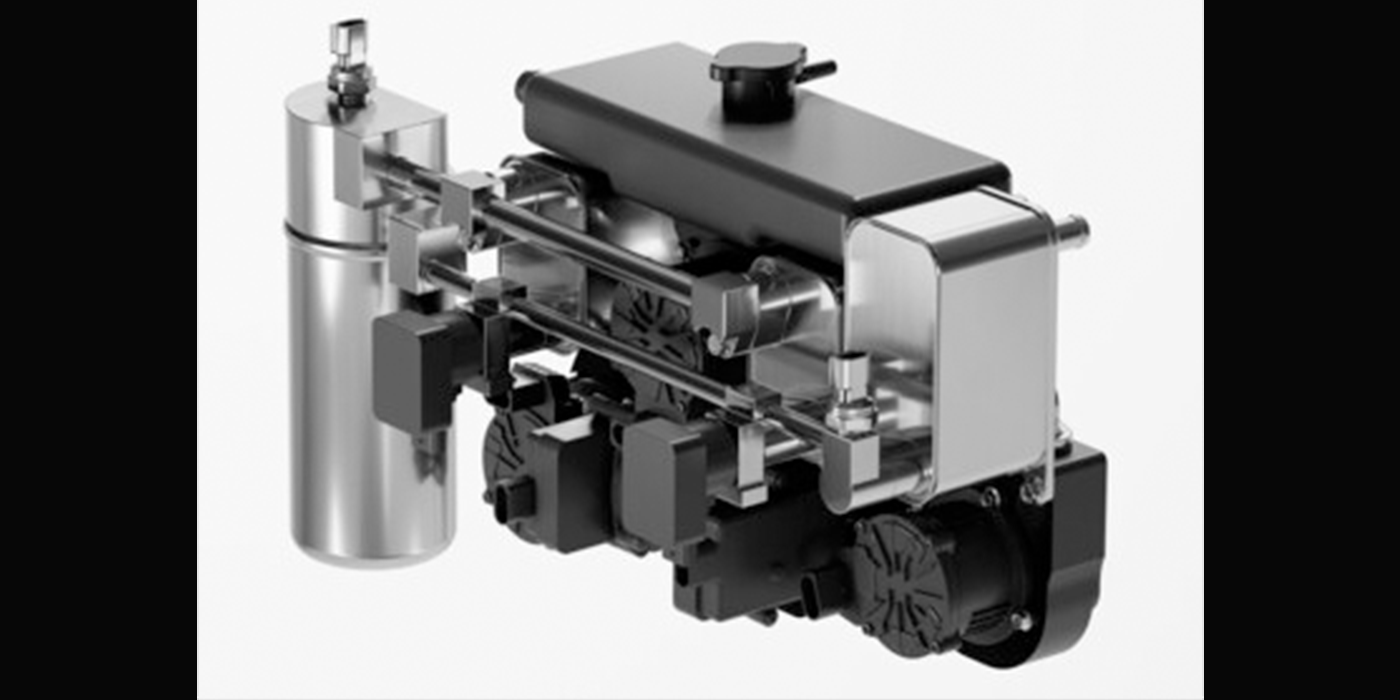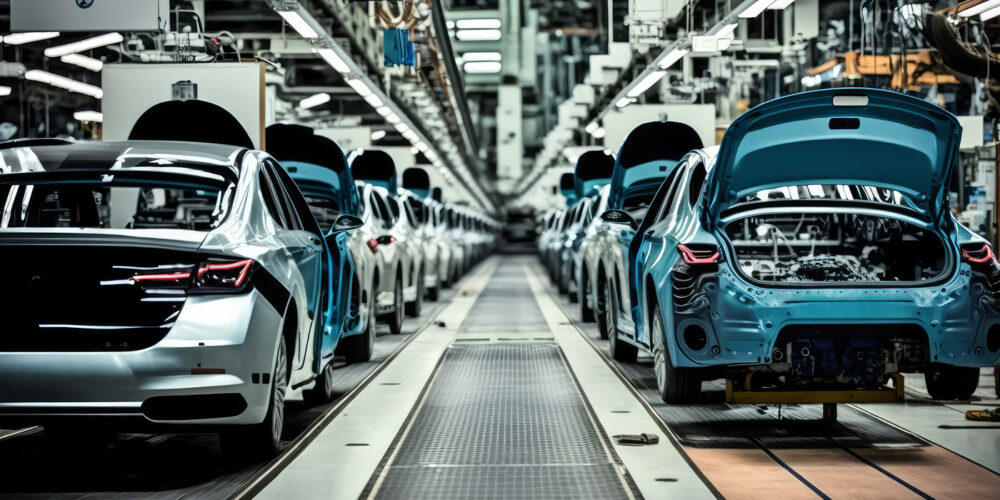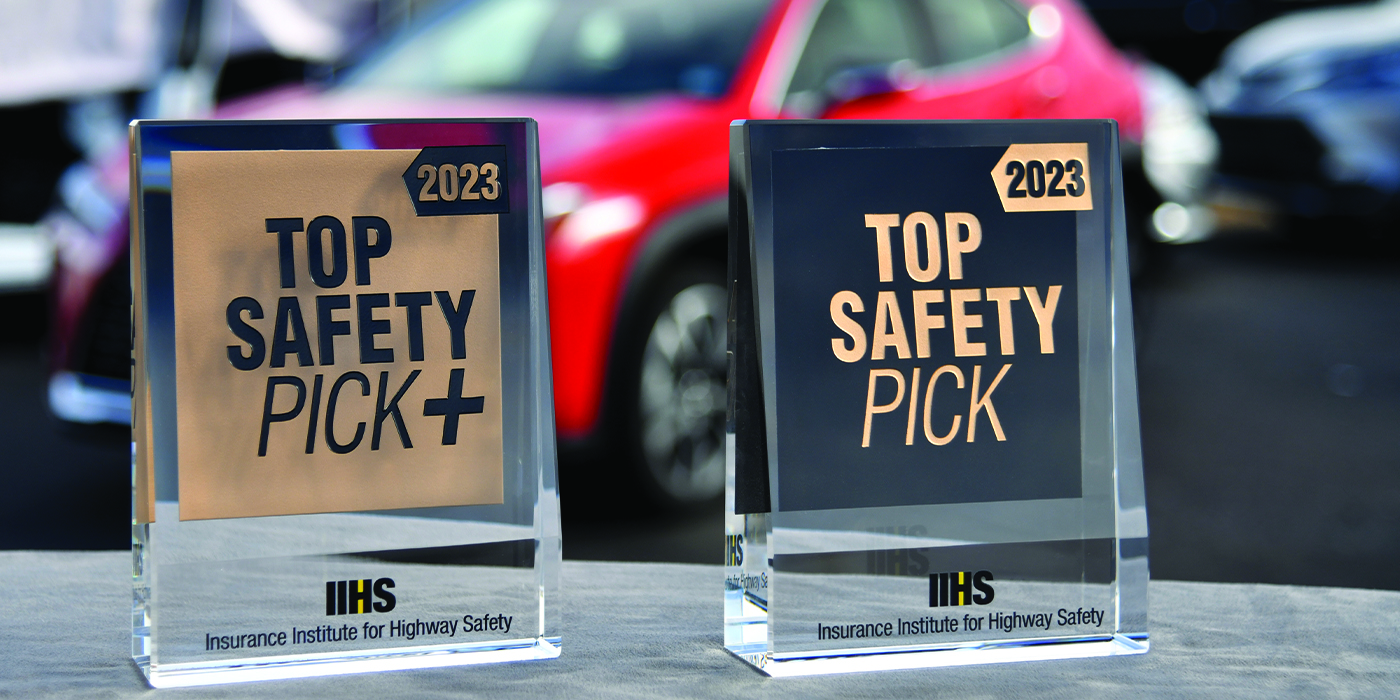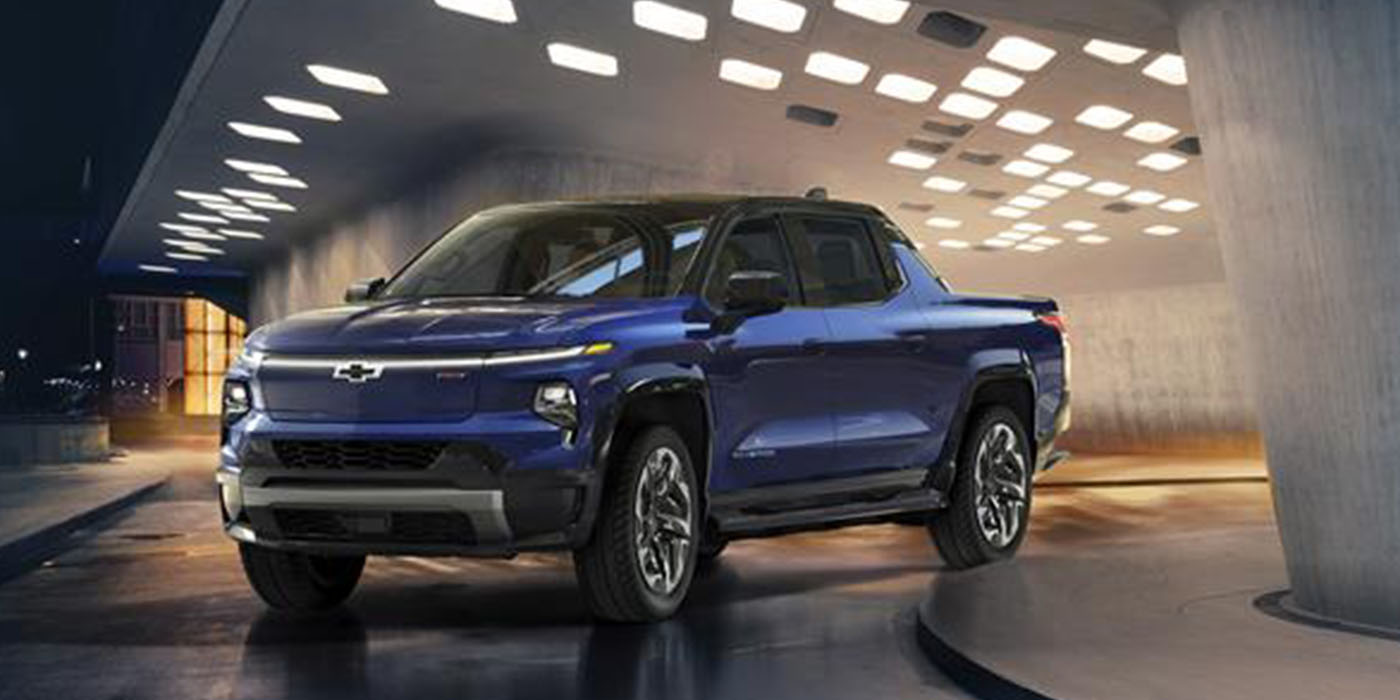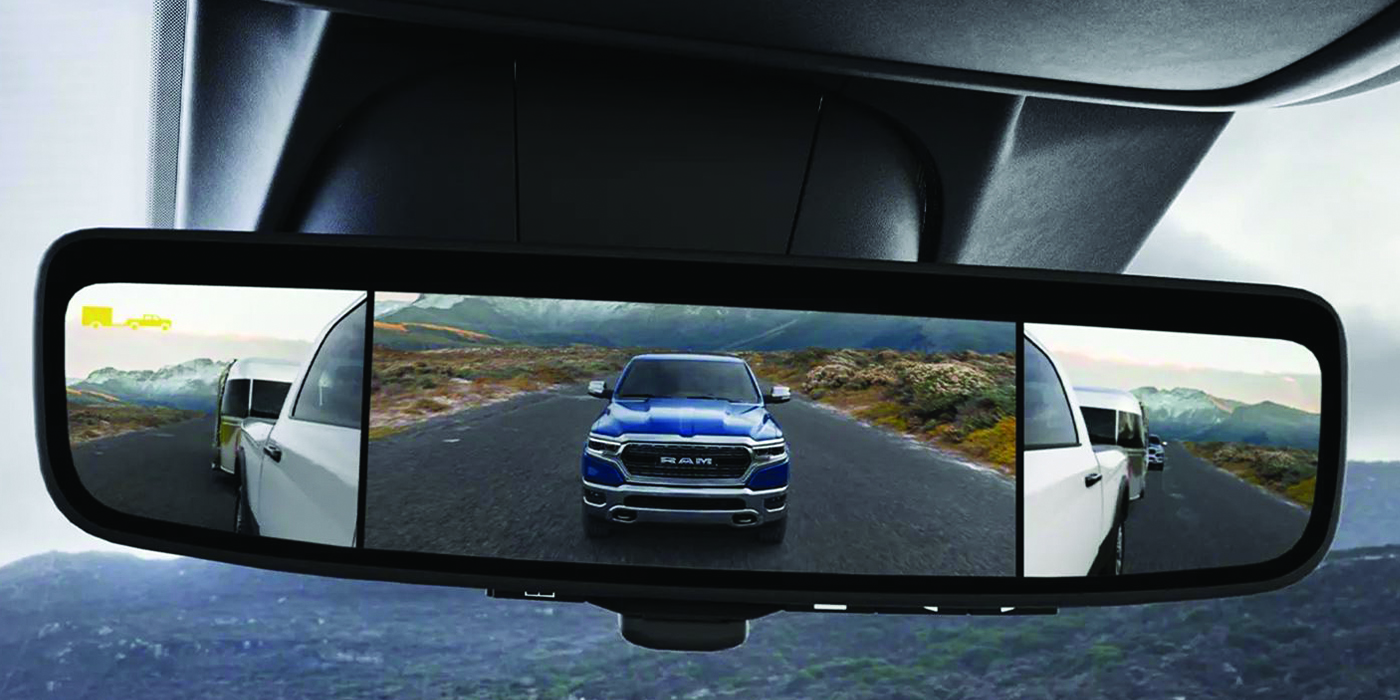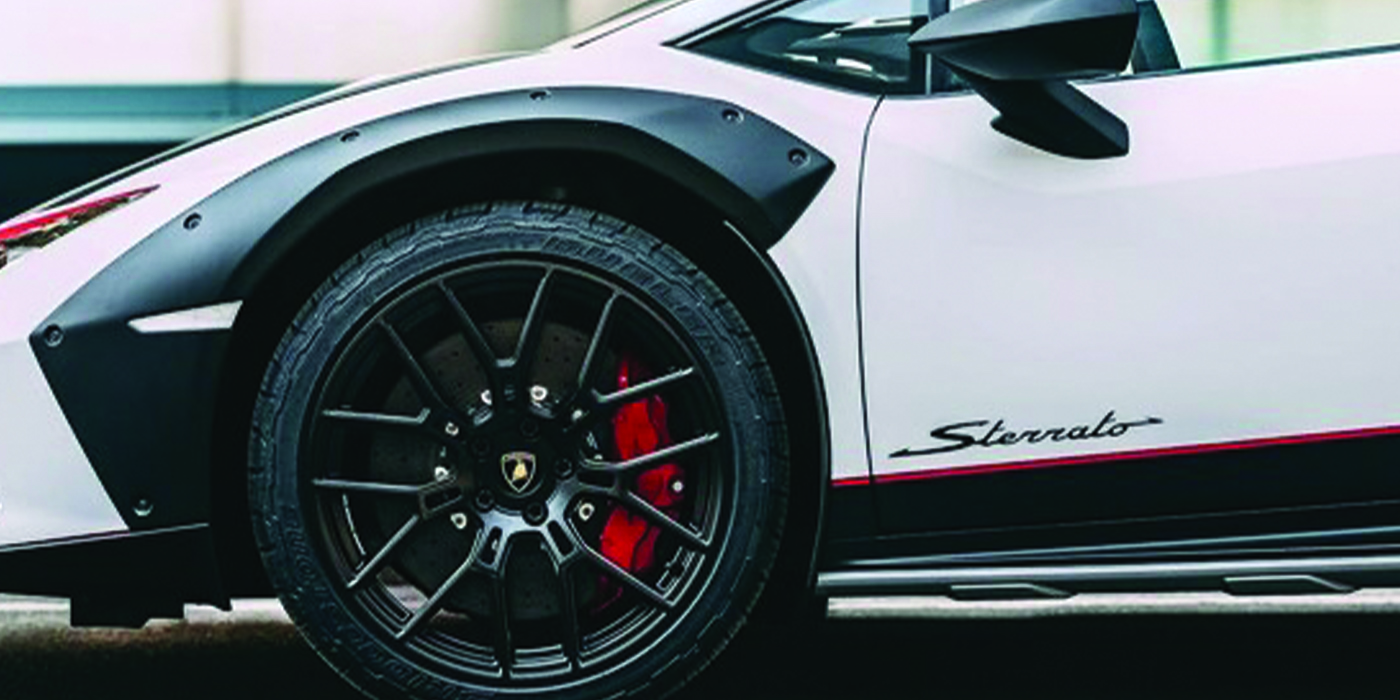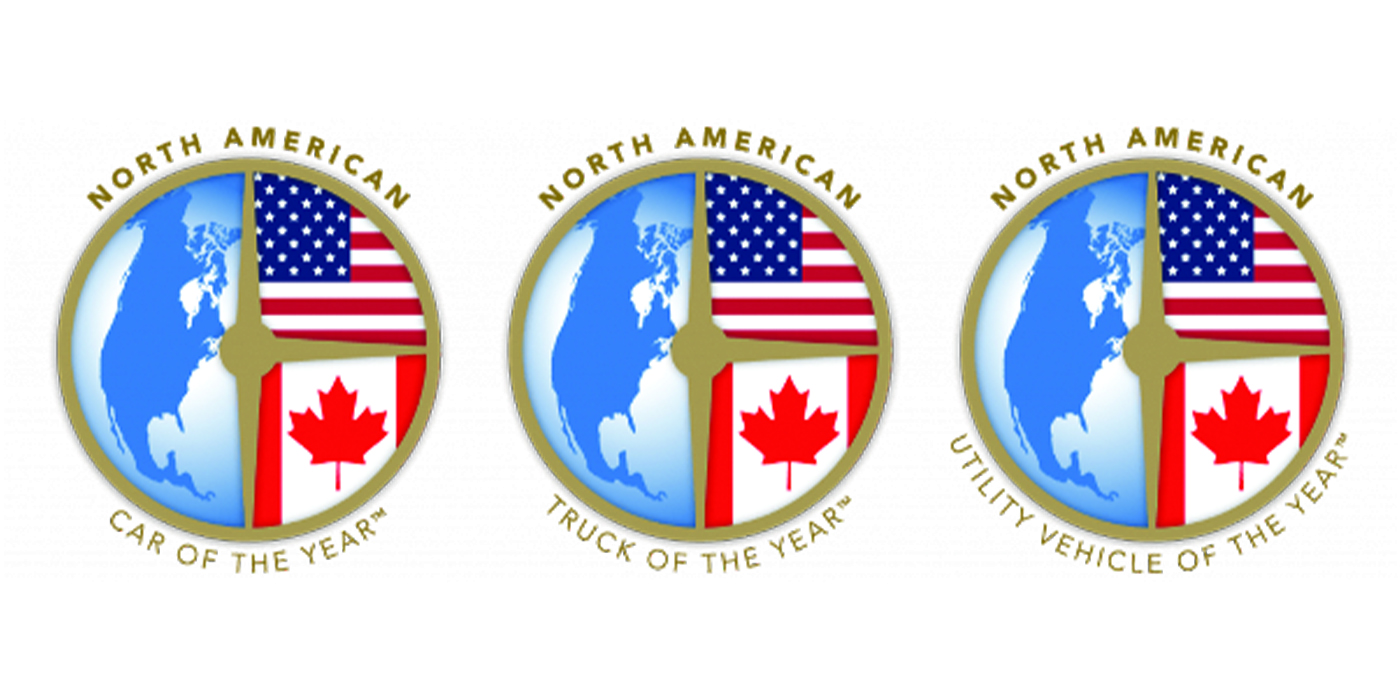What a difference a year makes. About 12 months ago at this time, the aftermarket was chiefly concerned with a drastic reduction in miles driven, blamed partially on the economy and skyrocketing gas prices. 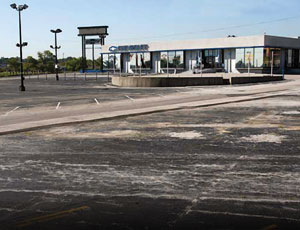
The thought was, if people aren’t driving, they’re not breaking parts and hence, don’t need new ones. Motorists at the time were consolidating multiple trips by car into either one large trip or no trip at all. Besides severely curtailing driving, biking to run errands and commuting to work was seen as the salvation from $4-plus-a-gallon gasoline. The term “staycation,” where Americans take a break closer to home or just stay home, became firmly embedded in our national lexicon.
This year, the focus has become the large numbers of new car dealerships that GM and Chrysler are closing and the potential new business that is hoped will be bestowed on the aftermarket as a result. Between GM and Chrysler dealership closings, discontinuation of the Pontiac brand, possible end of the Hummer brand and potential sale of Saab, there’s a strong expectation at least 3,000 dealerships will close by year’s end. While officials at the program groups with whom Counterman magazine spoke don’t want to dance on the graves of the closing new car dealerships, everyone recognizes the opportunities that result.
“There are billions of dollars of parts that went through new car dealerships and now they’ll be sold through the aftermarket,” says Dick Morgan, president and CEO of The Alliance. “I’m very bullish on the aftermarket, especially with all the new car dealerships closing their doors and service bays opening. Our service locations are getting more and more opportunities.”
Mike Lambert, president of Automotive Distribution Network (Parts Plus & IAPA), said, “From just the standpoint of an American working guy, I just don’t like the fact fellow citizens are losing their jobs and businesses. That never bodes well for anyone. But sometimes these situations create opportunities. For all of us in the aftermarket, there are certainly opportunities.”
But there is a negative side to OEs that become financially hobbled. The future of aftermarket parts manufacturers that also maintain hefty business with the OEs could be in doubt. Aftermarket manufacturers that are heavily dependent on the financial health of the OEs can find themselves without access to capital and the result is reduced manufacturing output. “We do have concerns about vendors that have a lot of business with the OEs,” Morgan said. “Order fill — that’s probably the biggest problem we have right now — getting orders from vendors filled in a timely manner.”
The vendor community that serves the OE is very fragile right now, Lambert said. “What I get concerned with is when all the OEs are having their problems.”
The bright side to the aftermarket can be summed up in one word: bays. Dan Freeman, president of Automotive Parts Associates (APA), said the possible number of service bays being surrendered by new car dealerships is staggering. “If you have an average of eight service bays, that’s about 24,000 bays in total,” based on this year’s expected closings, he said. “There’s a possibility of about 37,000 technicians out there who are going to be available to the aftermarket and they’re factory-trained. There’s a tremendous opportunity for everyone right now. If a factory-trained technician is hired, he can train everyone else.”
The expected new business for the aftermarket isn’t just a hope, it’s a matter of numbers, Lambert pointed out. “All those cars can’t go to the remaining dealerships because they simply don’t have the capacity,” he said.
Freeman said his group is designing a program to solicit business from dealers that may continue to sell used cars and maintain their bays. “If you’re not actively soliciting this new business, you’re not going to get your share of it,” he said. “We’re also working on training programs for technicians.” Those technicians being laid off by dealerships are going to need not only hand tools but diagnostic ones as well. They previously used tools owned by the dealership. “If we can develop a lease program, they can pay for their tools as they go,” he said. “We see a real upside to everything that’s happening.”
In the past, lack of qualified technicians was always a hot topic. “With the current situation, much of that problem has been rectified,” Lambert believes. Some of the dealerships might not go quietly into the night, especially if they sell used cars, Lambert said. “It represents an opportunity for us to service those dealers,” he said. “I think some will try to survive by repairing and selling used cars.”
In addition, Freeman said APA is urging its members to maintain more than sufficient inventory.
The reason is, once dealerships close, the repair business that previously went to them will almost immediately shift to independent shops which will need parts — now. “Once this new business starts to kick in, they’re going to need to be in position,” he said.
At the Alliance, Morgan said the group is positioning its members to be inventory-conscious and precise. “We’re getting a lot of benefit out of our data warehousing,” he said, adding the group has been gathering and carefully analyzing sales data from its members for the last four years. “Excess inventory is pretty much the Achilles heel of the aftermarket,” he said. “The key to survival today is the guy who turns his inventory.”
WHAT’S NEXT?
There’s evidence Americans are starting to shrug off the mindset of shorter or consolidated trips. In February, miles driven actually rose for the first time since November 2007. (Miles driven is a closely watched barometer to measure potential business for the aftermarket. When miles are up, vehicle wear tends to increase, which leads to eventual repairs.)
Looking to the future, Freeman said the new emissions standards being sought by the government could be a boon to the aftermarket. “We’re talking to a lot of manufacturers about what they’re doing to develop for new cars, such as hydrogen,” he said. “We want to be sure these manufacturers are developing these new technologies.”
Lambert doesn’t see Americans’ love affair with cars ending anytime soon. “Americans still love their cars. People are not going out to buy the new cars,” he said. “At some point in time, you have to repair your car.”
The automotive aftermarket has never had the highs that other industries have, Lambert said. “But while we haven’t had the highs, we’ve also been able to mitigate the lows,” he added. “I think we’re now going to see the uptick for the aftermarket. This pent-up demand can only go on for so long. For once, it’s our time.”


